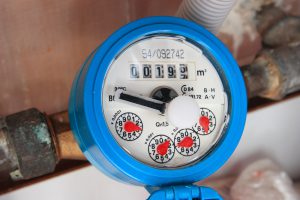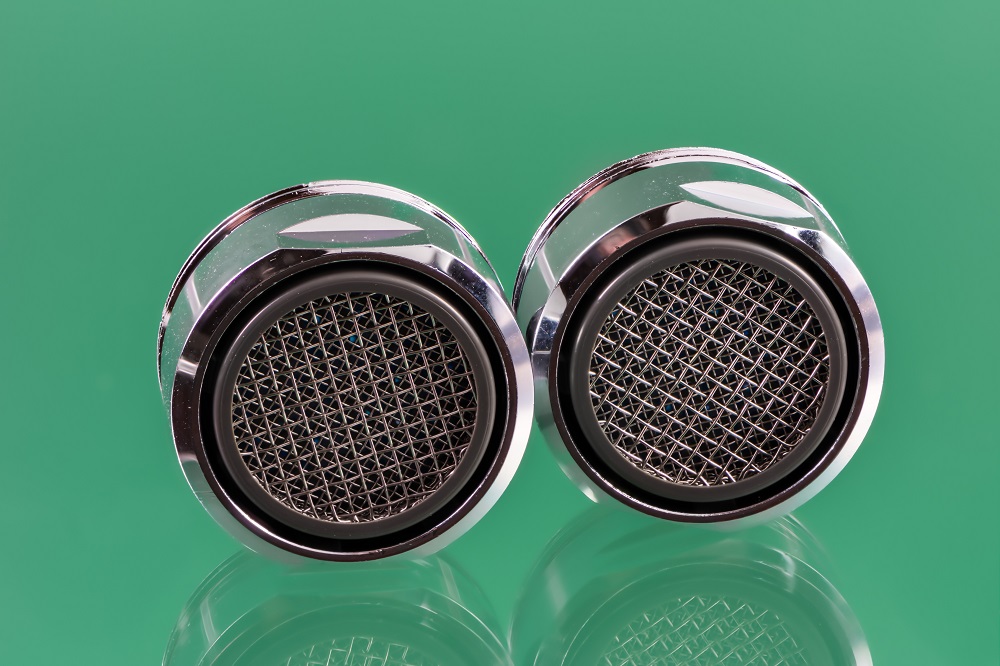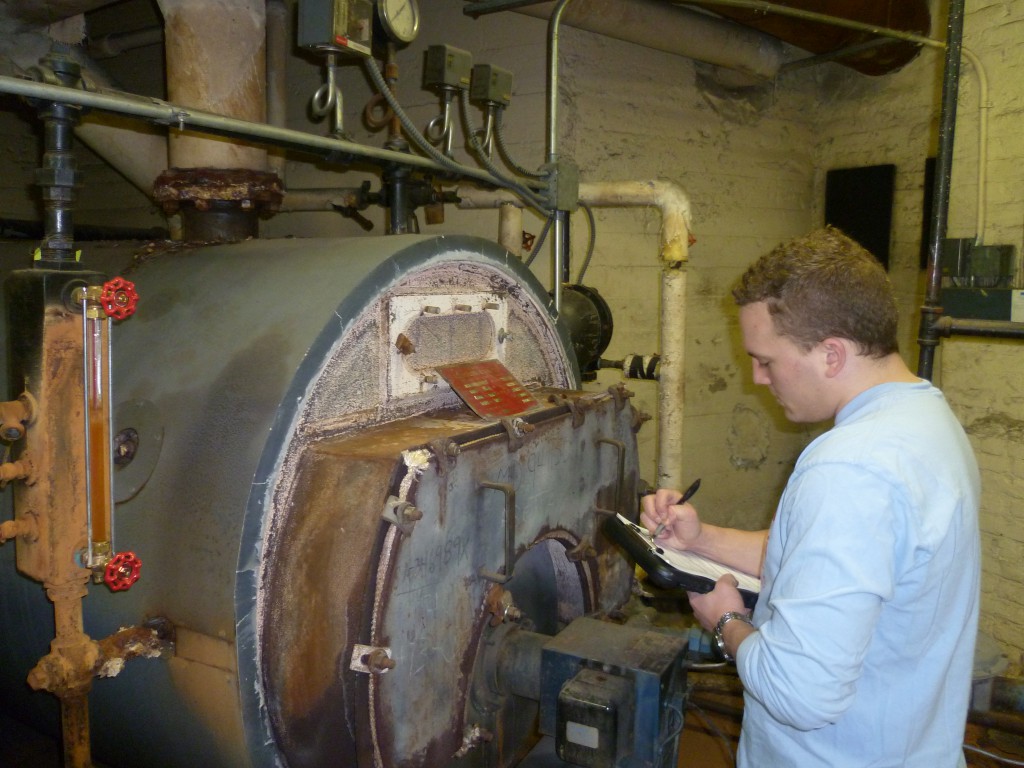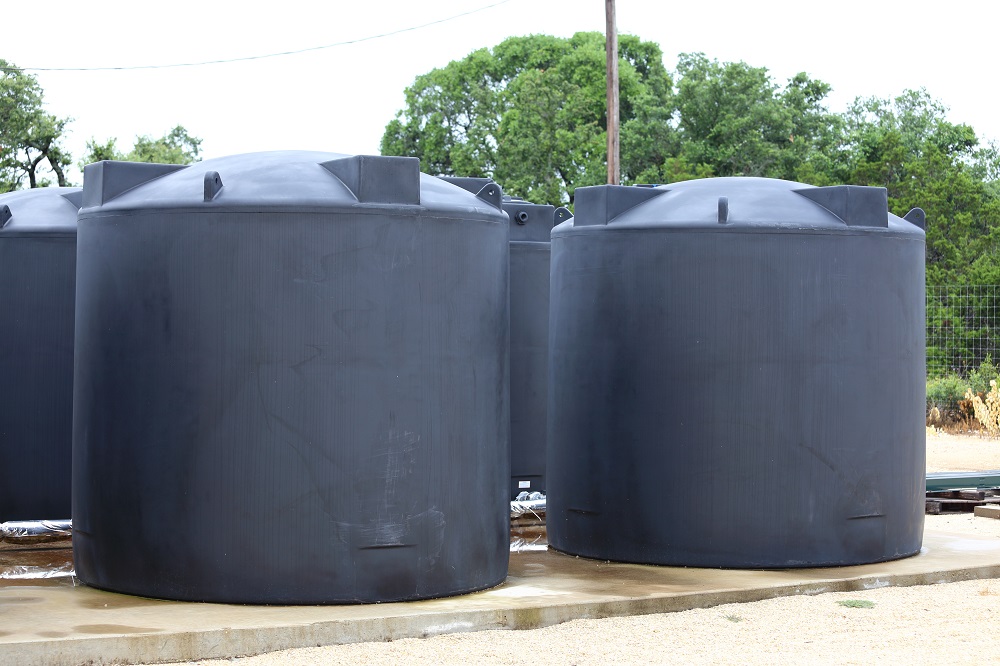 Too much water in Houston, not enough water in California, and bad water in Flint. Water, often so easy to take for granted, has been in the news a lot lately, and the headlines are troubling. Changing climate, aging infrastructure, and rising costs are all driving water to the forefront of many people’s minds.
Too much water in Houston, not enough water in California, and bad water in Flint. Water, often so easy to take for granted, has been in the news a lot lately, and the headlines are troubling. Changing climate, aging infrastructure, and rising costs are all driving water to the forefront of many people’s minds.
For those of us with small children, a paranoia can set in. I already filled the bottles and mailed back my free lead testing kit from the New York City Department of Environmental Protection (DEP), and am anxiously waiting for the results from my 91-year-old apartment building. A less patient friend with similarly small children bought a lead-testing kit on Amazon and is now puzzling through the seemingly ambiguous results (“It’s like a poorly-designed pregnancy test!” she exclaimed). She’s drinking only bottled water until she can get something more conclusive.
Vital to life, and catastrophic when toxic or scarce, water is a big deal. Plus, the cost keeps going up to cover the costs of fixing and maintaining the infrastructure.
What Can You Do?
Delivering a sufficient supply of clean water to the residents of apartment buildings is one of the critical tasks for every landlord. With such an overwhelming issue at hand, it can feel hard to know what to do. In celebration of Earth Day, and the vital role that clean water plays on our blue-green planet, here are some water tips:
First, test your water. Test kits are inexpensive and the potential impacts of water contaminants are drastic. If your building has old pipes, be sure to test a few locations for lead, in case only some of the pipes are deteriorating.
Then, save water. Flint’s water problems started with a decision to switch the city to a cheaper, lower quality water source. A better way to lower costs is to stick with high quality water and reduce the amount we use.
Low-flow Faucet Aerators and Showerheads

By limiting the amount of water that comes out of your faucet or shower, low-flow faucet aerators and showerheads can save bucket loads of water and money. The best part is that they’re about as simple as it gets when it comes to installation (just unscrew the old and screw on the new).
But don’t just buy the cheapest thing you can find – there’s a big difference between properly “engineered flow” and a simple flow restrictor. And always test out which ones work best at a particularly property before installing them. Resident buy-in is crucial – aerators and showerheads are as easy to screw off as they are to screw on. Using quality devices that look and feel good will ensure that residents view the devices as an improvement and an amenity, and don’t circumvent the savings. Ongoing monitoring, strong communication and resident partnership are key.
High Efficiency Toilets

When it comes to wasting water, our toilets are some of the biggest offenders. Put it this way: when you flush a “regular” toilet, you could be using up to 7 gallons per flush (gpf)! And unfortunately you can’t just believe what is printed on the tank – our engineers have measured toilets marked as “1.6 gpf” with flushes as high as 4 gallons! Today’s toilets can bring that rate down to 1.28 gallons per flush – a great investment in water conservation and cost savings. But maintaining your equipment is critical, too – when valves and flappers wear out, precious fresh water goes straight down the sewer.
Heating System Leaks

It’s normal for steam heating systems to take in some fresh water over time, but when they take in a lot of this “makeup water” it is indicative of a larger problem – often a boiler or piping leak. Excessive makeup water can also drastically shorten the life of a boiler by as much as half. That’ll really sink your sinking fund. Luckily, measuring makeup water levels is simple, cost-effective and insightful, as long as you put a meter on the makeup water line and someone actually reads that meter.
And if a hot water heating system and requires you to add any water, that is a sign of a problem.
Irrigation

Saving irrigation water can take many forms, from planting only native plants that require no irrigation, to better controlling the irrigation you do use. Many properties are guilty of overwatering – most obviously when sprinklers are running during a rainstorm. This can be tackled by hooking a soil moisture sensor into your irrigation system, or, better, using a WaterSense irrigation system that is networked to weather data to adjust the watering cycles.
But whatever you do, you can’t set it and forget it – analyzing water data can give an indication of a problem, like a misset irrigation control, a broken pipe or damaged equipment.
Rainwater and Greywater Capture

Rainwater and Greywater Capture are methods of reusing water that has either accumulated due to rain, or has already been used once (kitchen sinks, showers, etc.). Both can significantly contribute to efficient water usage in buildings. The simplest applications of rainwater and greywater are for irrigation. Rainwater can also be used as makeup water, particularly in cooling towers. Greywater – because it requires additional piping – is more commonly used only in new construction projects. Treated greywater can even be used to flush toilets instead of fresh water.